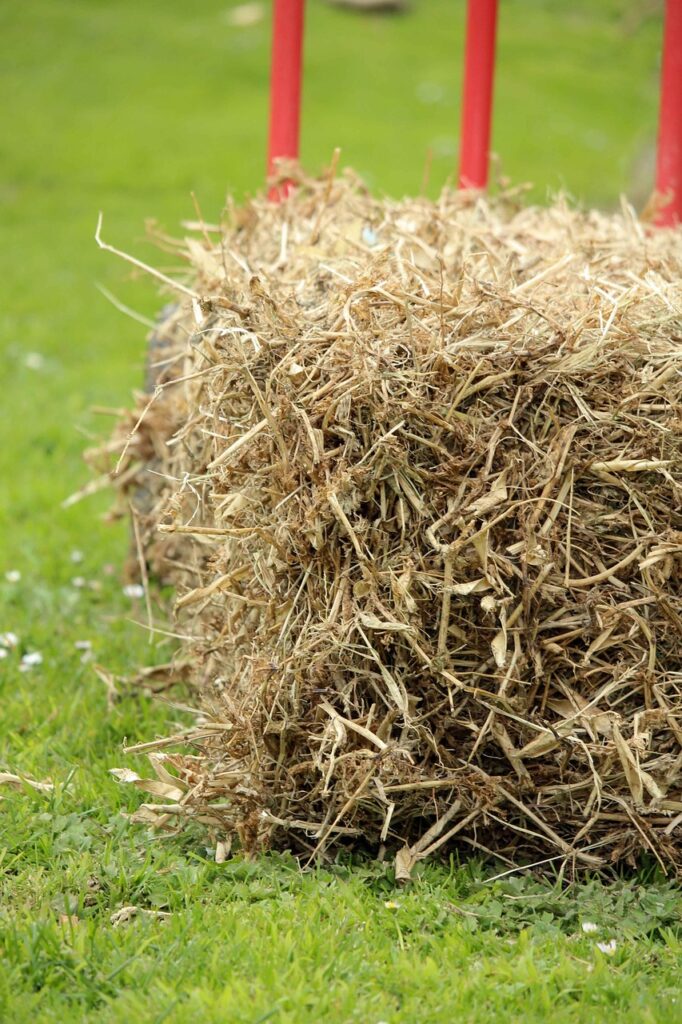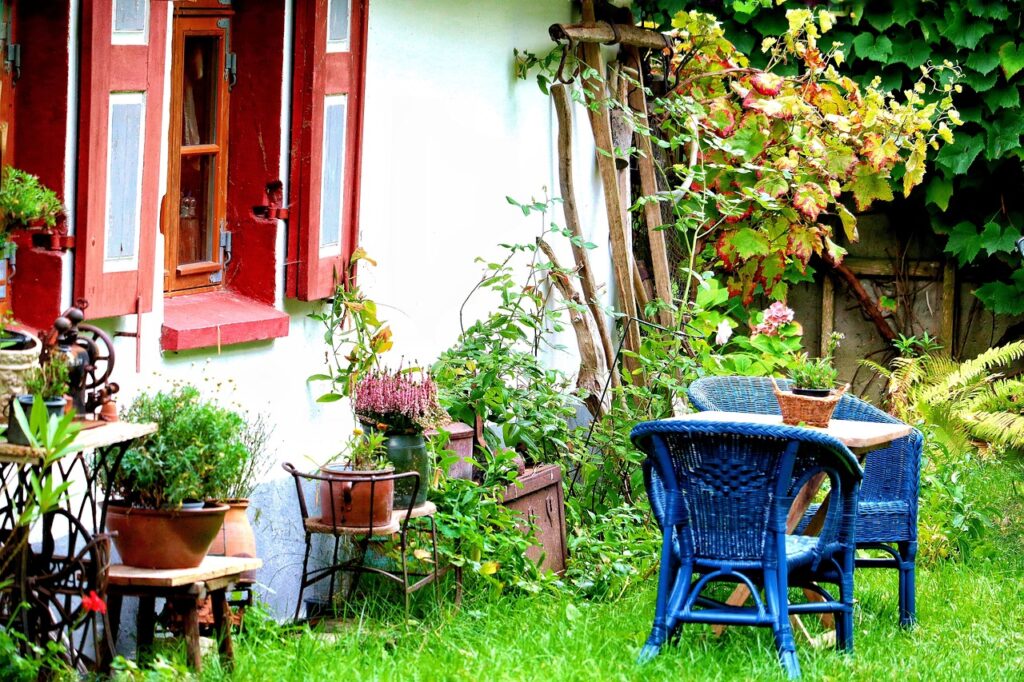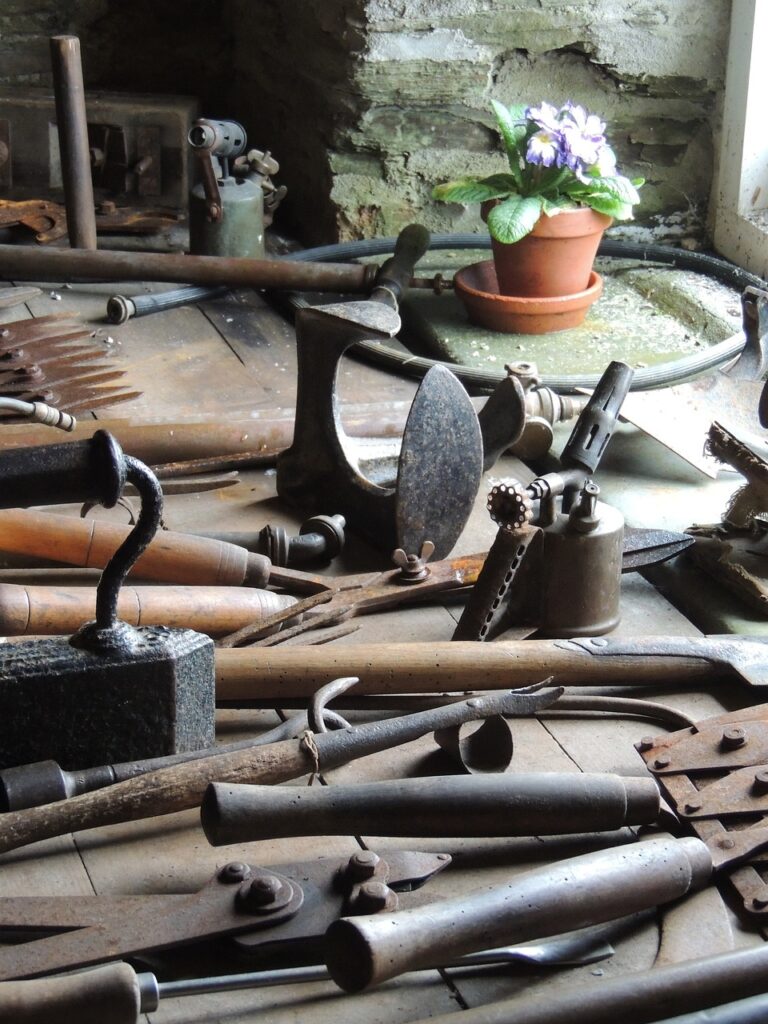Closing your garden in the fall
As the temperature begins to drop and the leaves start to change color, it’s a sign that winter is just around the corner. While most of us are busy getting our homes ready for the chilly season, it’s important not to forget about our gardens. The harsh winter weather can take a toll on our plants, leaving them damaged and struggling to survive. That’s why it’s crucial to take the necessary steps to protect your garden before the cold sets in. In this blog post, we’ll discuss how to prepare your garden for winter and share some easy ways to ensure your plants stay healthy and thriving throughout the cold seas
Understanding Why Winter Preparation is Crucial for Your Garden
Winter preparation is crucial for your garden because it helps protect your plants from the harsh winter weather. As the temperature drops and the frost begins to settle, your plants can become vulnerable to damage and even death if they are not properly prepared. By taking the necessary steps to protect your garden, you can ensure that your plants will not only survive the winter but also thrive once spring arrive
One important aspect of winter preparation is protecting your soil from frost damage. When the ground freezes, it can cause the roots of your plants to freeze as well, leading to stunted growth or even death. By adding a layer of mulch or straw to your garden, you can help insulate the soil and prevent frost from penetrating too deeply.
Pruning and covering your plants in winter is also essential for their survival. Removing any dead or diseased branches can prevent the spread of disease and improve the overall health of your plants. Covering your plants with burlap or frost cloth can provide an extra layer of protection against frost and freezing temperatures.
Creating protective structures for vulnerable plant varieties can also make a big difference in their survival. For delicate plants or those that are not frost-tolerant, consider building a small greenhouse or using cold frames to shield them from the harsh winter elements.
Winter mulching and proper watering techniques are key to maintaining the health of your garden during the cold season. Mulching helps to retain moisture and insulate the soil, while proper watering ensures that your plants receive adequate hydration without overwatering them.
Lastly, don’t forget about your potted plants during winter. Bring them indoors or into a protected area, and reduce watering frequency to prevent root rot.
By taking the time to prepare your garden for winter, you can protect your plants and ensure their survival. So, get ready to bundle up your garden and give it the care it needs to thrive during the cold season.
Steps to Protecting Your Soil from Frost Damage
As the winter garden weather approaches, it’s important to take steps to protect your soil from frost damage. Frost can wreak havoc on your plants, causing their roots to freeze and leading to stunted growth or even death. But don’t worry, with a few simple steps, you can ensure that your soil stays healthy and your plants survive the winter before spring arrive
First, consider adding a layer of straw on your garden in winter. This natural mulch acts as an insulating barrier, helping to regulate the temperature of the soil. It traps heat, keeping the soil warmer and preventing frost from penetrating too deeply. Spread a thick layer of straw over your garden beds, making sure to cover the roots of your plants. Not only will this protect your soil from frost damage, but it will also help retain moisture, keeping your plants hydrated throughout the winter.
Another effective way to protect your soil is by using a frost cloth or burlap. These materials can be placed over your plants to create a barrier against freezing temperatures. Secure the cloth or burlap around your plants, ensuring that it covers them completely. This will help to trap heat and create a microclimate that is more conducive to plant growth.
In addition to these steps, it’s important to keep an eye on the weather. If frost is predicted, consider using a frost blanket or even a plastic cover to shield your plants. These protective measures can help prevent damage to your soil and ensure that your plants survive the harsh winter conditions.
By taking these steps to protect your soil from frost damage, you can help your plants thrive throughout the winter and be ready for the new growth that comes with spring. So don’t forget to give your soil the attention it needs, and your garden will thank you for it.
Best Practices for Pruning and Covering Plants in Winter
As the winter garden weather approaches, it’s essential to know the best practices for pruning and covering your plants to ensure their survival during the cold season. Pruning is an important task that should be done in late fall or early winter before the first frost sets in. Start by removing any dead, diseased, or damaged branches. This not only improves the overall appearance of your plants but also prevents the spread of disease and pest infestation.
When it comes to covering your plants, there are a few options to consider. One effective method is to use burlap or frost cloth to create a protective barrier against freezing temperatures. Wrap the cloth around your plants, making sure to secure it tightly. This will help to trap heat and create a microclimate that is more conducive to plant growth. Additionally, consider using a lightweight frame to support the covering material and prevent it from weighing down on your plants.
It’s important to note that not all plants require covering. Frost-tolerant varieties may not need additional protection, while more delicate plants will benefit from the added insulation. Take the time to research the specific needs of your plants and adjust your covering practices accordingly.
Tips for Creating Protective Structures for Vulnerable Plant Varieties
When it comes to protecting your vulnerable plant varieties during the winter, creating protective structures can make all the difference. These structures act as a shield against the harsh winter weather, providing a safe and cozy environment for your plants to thrive. Here are some tips for creating protective structures that will ensure your plants survive the winter and emerge stronger than ever before spring.
One option for creating protective structures is to build a small greenhouse. A greenhouse provides a controlled environment where you can regulate the temperature and humidity, keeping your plants warm and protected from the elements. You can either purchase a pre-built greenhouse or build one yourself using materials like PVC pipes and plastic sheeting. This way, you can create a customized space for your plants to flourish throughout the winter.
Another option is to use cold frames. Cold frames are essentially miniature greenhouses that sit directly on top of your garden bed. They are typically made of a transparent material like glass or plastic, which allows sunlight to penetrate while trapping heat inside. By placing a cold frame over your vulnerable plants, you can create a microclimate that is more conducive to their growth and survival.
If building a greenhouse or cold frame is not an option, consider using cloches or row covers. Cloches are bell-shaped coverings made of glass or plastic that can be placed over individual plants. They create a small, protected environment that helps to retain heat and prevent frost damage. Row covers, on the other hand, are large sheets of lightweight fabric that can be draped over rows of plants. They provide a barrier against freezing temperatures and wind, while still allowing sunlight to reach your plants.

Importance of Winter Mulching and Proper Watering Techniques
Winter mulching and proper watering techniques are essential for maintaining the health of your garden during the cold season. These practices help to ensure that your plants stay hydrated, protected, and ready to flourish when spring arrives.
First, let’s talk about the importance of winter mulching. Adding a layer of straw on your garden during winter acts as a natural insulating barrier. It helps to regulate the temperature of the soil, trapping heat and preventing frost from penetrating too deeply. Not only does this protect your soil from frost damage, but it also helps to retain moisture, keeping your plants hydrated throughout the winter. So don’t forget to spread a thick layer of straw over your garden beds, making sure to cover the roots of your plants.
Proper watering techniques are just as crucial. While it’s true that plants need less water during the winter, they still require hydration. Be mindful not to overwater them, as this can lead to root rot. Instead, water your plants sparingly but thoroughly, allowing the soil to dry out slightly between waterings. This will ensure that your plants receive adequate hydration without the risk of drowning them.

How to Care for Potted Plants During Winter
Potted plants require special attention during the winter to ensure their survival and continued growth. Here are some essential tips on how to care for your potted plants during the cold season.
First and foremost, it’s crucial to bring your potted plants indoors or into a protected area. The harsh winter weather can be detrimental to potted plants, especially those that are not frost-tolerant. Find a spot in your home that receives ample sunlight or invest in a grow light to provide your plants with the necessary light they need to thrive. By creating a warm and cozy environment for your potted plants, you can protect them from the freezing temperatures outside.
Additionally, be mindful of your watering frequency. During the winter, potted plants generally require less water as their growth slows down. However, it’s essential not to let the soil dry out completely. Check the moisture level of the soil regularly and water when it feels dry to the touch. Remember to adjust your watering routine to the specific needs of each plant to avoid over or under-watering.
Lastly, consider using a layer of mulch on the soil surface of your potted plants. Mulching helps to retain moisture and insulate the soil, providing additional protection against the cold. Organic mulch, such as bark or straw, works well for potted plants.

Preparing Your Garden Tools for the Off Season
As the winter season approaches, it’s important not only to prepare your garden for the cold weather but also to take care of your garden tools. After all, they’ve been working hard all season to help you maintain a beautiful garden. Here are some easy ways to prepare your garden tools for the off season, so they’re ready to go when spring arrives.
First, give your tools a good cleaning. Remove any dirt or debris that may have accumulated on them during the gardening season. Use a brush or hose to scrub away stubborn dirt and grime. Dry them thoroughly to prevent rust.
Next, inspect your tools for any signs of damage. Check for broken handles, loose parts, or dull blades. Replace or repair any damaged tools to ensure they’re in good working condition when you need them again.
Once your tools are clean and in good shape, it’s a good idea to lubricate them. Apply a thin layer of oil to metal parts, such as blades or hinges, to prevent rust and keep them moving smoothly.
Lastly, find a proper storage solution for your garden tools. Whether it’s a shed, a tool rack, or a designated corner in your garage, make sure they’re stored in a dry and secure location. This will help prolong their lifespan and protect them from the elements.
By taking the time to prepare and care for your garden tools during the off season, you’ll be ready to hit the ground running when the weather warms up again. Your tools will thank you, and your winter garden will be in full bloom before you know it.

